1. Elephants Remember and Mourn
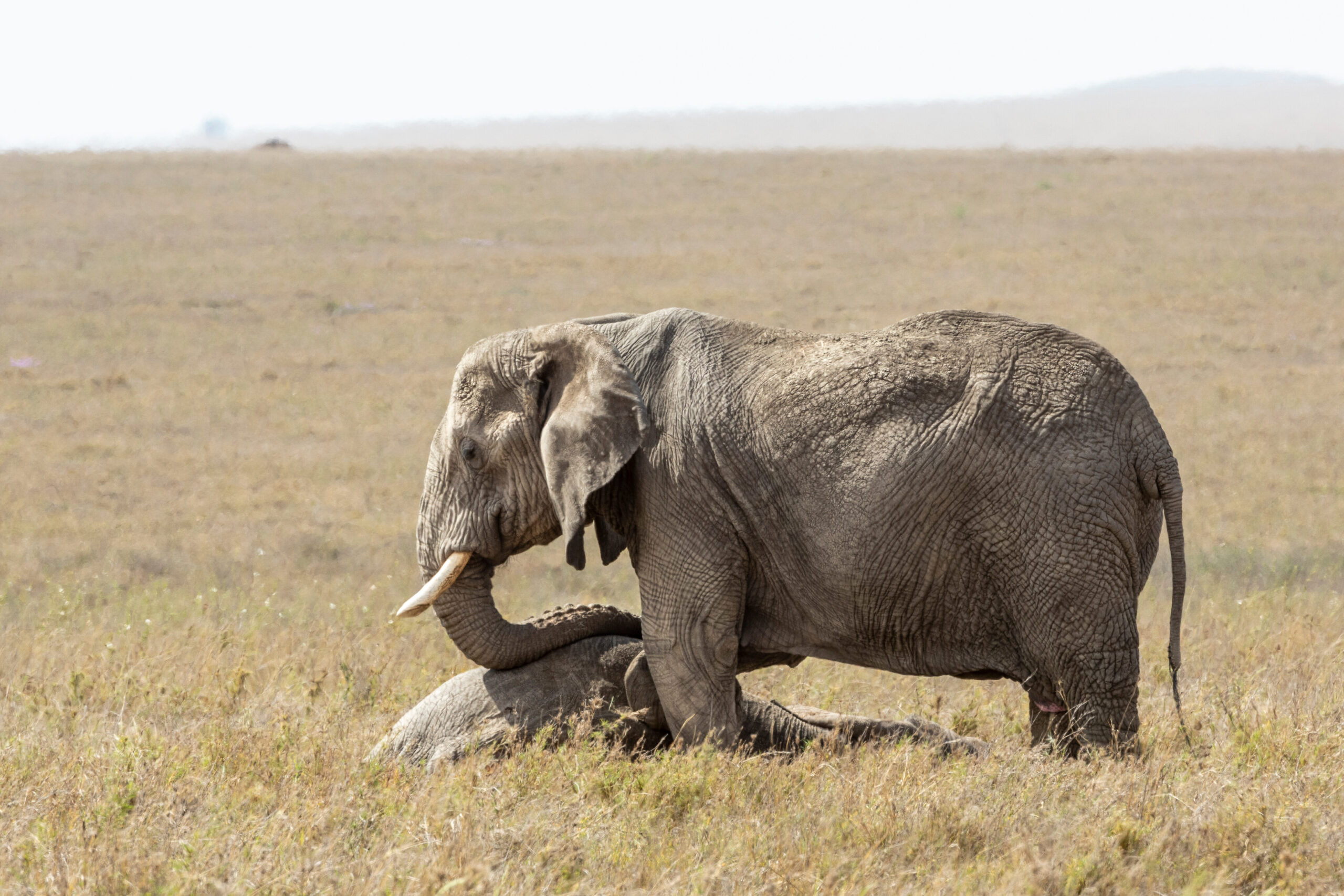
Grief isn’t only a human story, it stretches across the animal world in ways that are both heartbreaking and inspiring. From elephants gathering in silence to dolphins refusing to leave a fallen companion, animals show us that connection and loss shape their lives too. Their stories remind us that mourning is part of love, and healing often begins in community.
Elephants are perhaps the most famous for their deep expressions of grief. When one of their own dies, they often return to the spot where the body fell, standing quietly, sometimes touching the bones with their trunks. Researchers have documented elephants pausing during migrations to linger over the remains of family members, showing a sense of recognition and respect. Their mourning is not rushed; instead, herds give space to the moment, gathering together in what feels like a communal ritual. These behaviors suggest that elephants hold memory and emotion in a way that is strikingly close to our own. For people, their example offers a lesson: sometimes healing requires slowing down, acknowledging the loss, and remembering the loved one without distraction.
2. Orcas Carry Their Dead
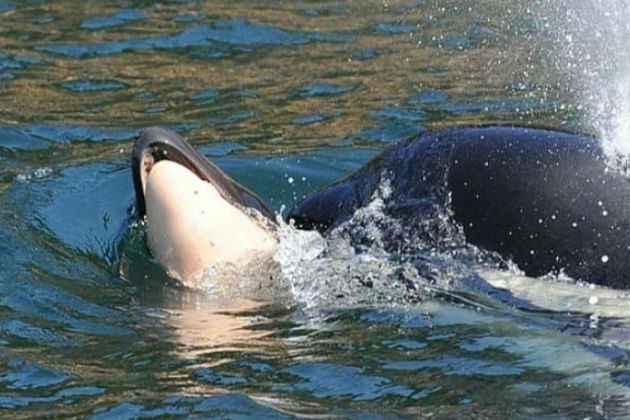
In 2018, a mother orca named Tahlequah gained worldwide attention when she carried her dead calf through the waters of the Pacific Northwest for 17 days, covering more than 1,000 miles. Her “tour of grief,” as scientists called it, was not an isolated event; orcas and other whales have been observed supporting and carrying deceased calves for hours or even days. This powerful behavior reveals the depth of their maternal bond and the refusal to let go too quickly. The sight of a massive, strong creature displaying such vulnerability moved many who followed Tahlequah’s story. For humans, the lesson is simple but profound: grief cannot be timed or rushed, and holding on, whether through memories, rituals, or mementos, can be an important part of mourning before acceptance takes shape.
3. Magpies Hold Funerals
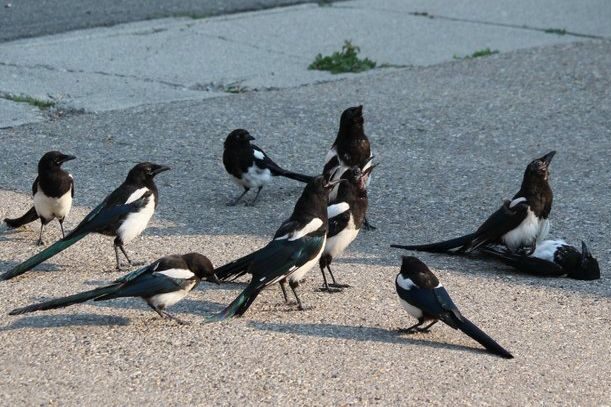
Magpies, along with their cousins crows and ravens, display an unusual ritual when one of their own dies. They often gather in groups around the fallen bird, sometimes calling loudly, sometimes falling into silence. In some cases, magpies have even been seen placing blades of grass or twigs near the body, as if offering a kind of tribute. These behaviors, often described as “avian funerals,” don’t have a clear practical purpose, yet they happen too often to be dismissed as coincidence. Scientists believe they serve as social bonding moments, reinforcing the group’s awareness of loss and perhaps even warning others of danger. For us, these gatherings echo the importance of community when facing grief. Funerals, vigils, and memorials aren’t just about death, they’re about connection, reminding us that loss is best shared rather than borne alone.
4. Bonobos Offer Comfort
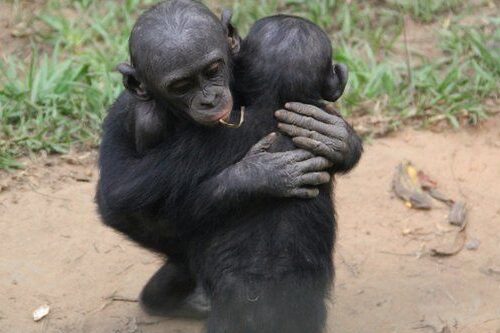
Bonobos, closely related to chimpanzees, are known for their deeply empathetic nature. When a member of the group is distressed, whether from injury, conflict, or the loss of a companion, others often rush to their side. They offer physical touch: hugging, grooming, kissing, or simply sitting close. These gestures of comfort reduce anxiety and create reassurance, not unlike the way humans lean on hugs and companionship during hard times. Researchers see this as a reflection of bonobos’ strong social structure, where bonds are maintained through care and compassion. Their instinct to respond immediately with warmth and presence is something we can take to heart. Comfort doesn’t always require words or solutions, sometimes it’s enough to simply show up, offer a hand, and let someone know they’re not facing pain alone.
5. Cats Linger in Loss

Though cats are often seen as independent, they too can reveal signs of grief when they lose a human or animal companion. Some have been observed meowing persistently at doors that no longer open, searching familiar rooms, or curling up on the clothing or bed of the one who’s gone. Others may withdraw, eating less or sleeping more as they process the absence. While science debates how cats perceive death, their behaviors mirror the longing and confusion of loss. For cat owners, these moments are reminders of the strong, if subtle, bonds that form with their pets. The way cats mourn teaches us that grief doesn’t always look loud or dramatic, it can be quiet, patient, and deeply personal. A silent vigil on a favorite chair or an unbroken wait at a doorway carries a weight that speaks volumes.
6. Gibbons Call for Lost Mates
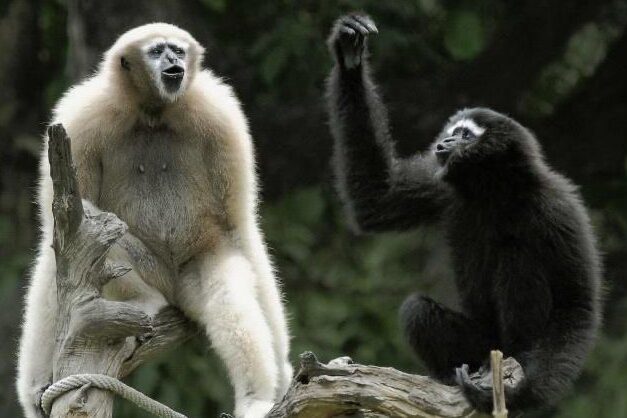
Gibbons are famous for their hauntingly beautiful duets, songs sung in pairs that echo through the forests. When one of them dies, the surviving partner often continues to sing alone, repeating the duet as though calling out for the absent voice. These solitary songs can last for days or even weeks, filling the canopy with a sense of longing that’s hard to mistake. Scientists believe this is both an expression of attachment and a way of coping with separation. For humans, the sound of a lone gibbon’s song is a poignant reminder that love and companionship leave deep imprints. Even when a bond is broken, carrying forward familiar routines, like singing, writing, or revisiting special places, can be a way of honoring the connection while slowly finding strength in solitude.
7. Dolphins Stay Beside the Dead
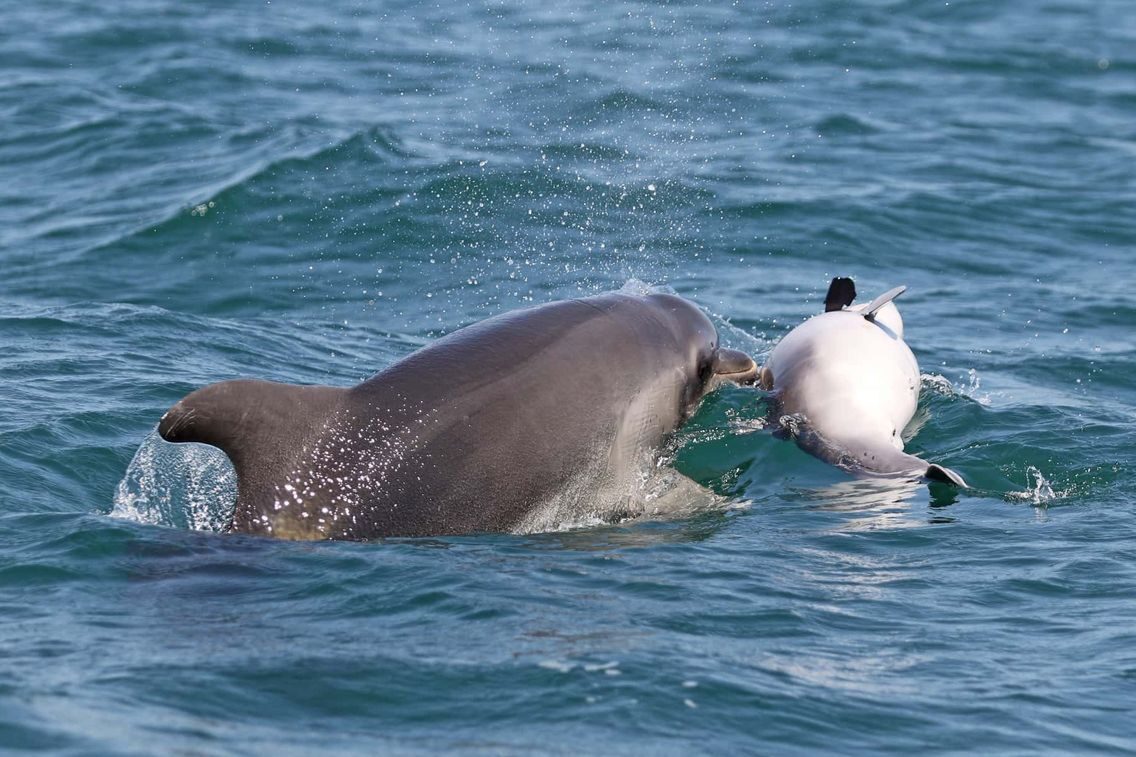
Dolphins are highly social animals, and their grief is often expressed through loyalty and presence. Pods have been seen surrounding the body of a dead calf or adult, nudging it to the surface, circling it protectively, or carrying it gently on their backs. In some cases, these vigils last for hours, with the dolphins refusing to abandon the fallen companion. To outside observers, the scene is both heartbreaking and profound, reflecting bonds that extend beyond survival needs. Marine biologists suggest this behavior is a form of mourning, a refusal to let go too quickly. For people, it shows the healing power of staying close, being present for someone in their hardest moments or holding on to memories before saying goodbye. Grief isn’t always about moving forward fast; sometimes it’s about staying beside what we’ve lost just a little longer.
8. Dogs Refuse to Leave Graves
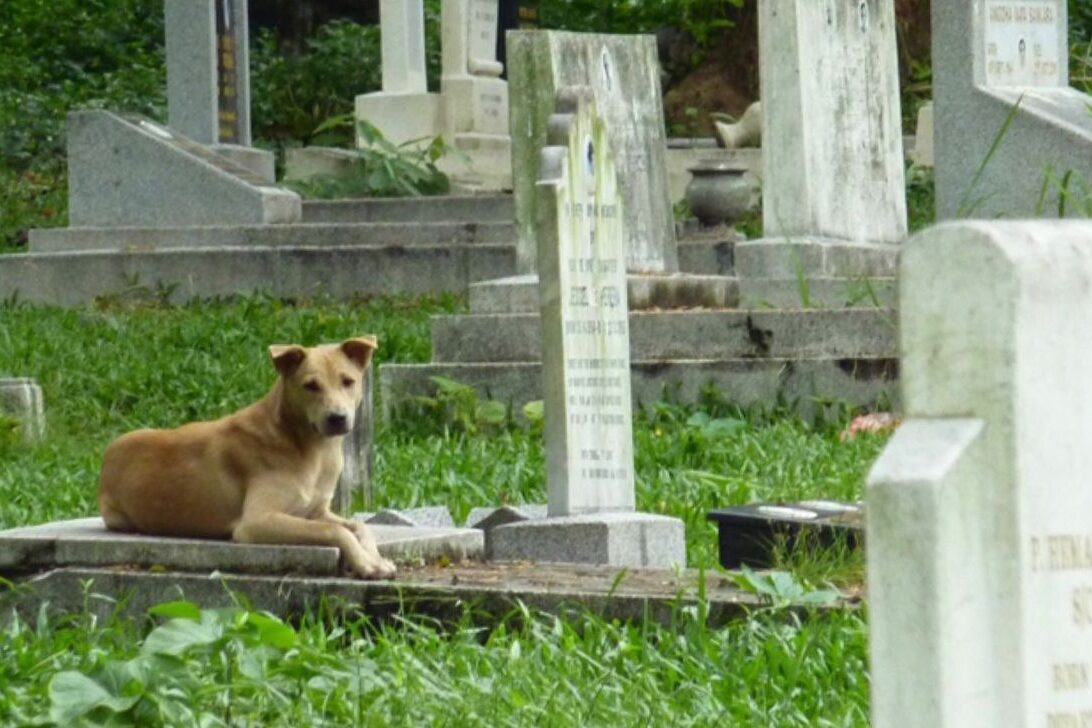
Dogs are perhaps the most visible example of loyalty in grief. Countless stories describe dogs lying at the graves of their owners, waiting at doorsteps long after a companion has passed, or refusing food while mourning. One of the most famous cases is Hachikō, a Japanese Akita who waited at a train station every day for nine years after his owner’s death, becoming a national symbol of devotion. Such displays highlight the depth of dogs’ emotional bonds and their struggle to accept absence. Their grief is quiet yet powerful, expressed through stillness and steadfastness. For humans, these moments remind us that love often lives on in presence, even when words are gone. Holding vigil, remembering faithfully, and honoring a bond through action can be a deeply human way of carrying love forward after loss.
Last Thought:
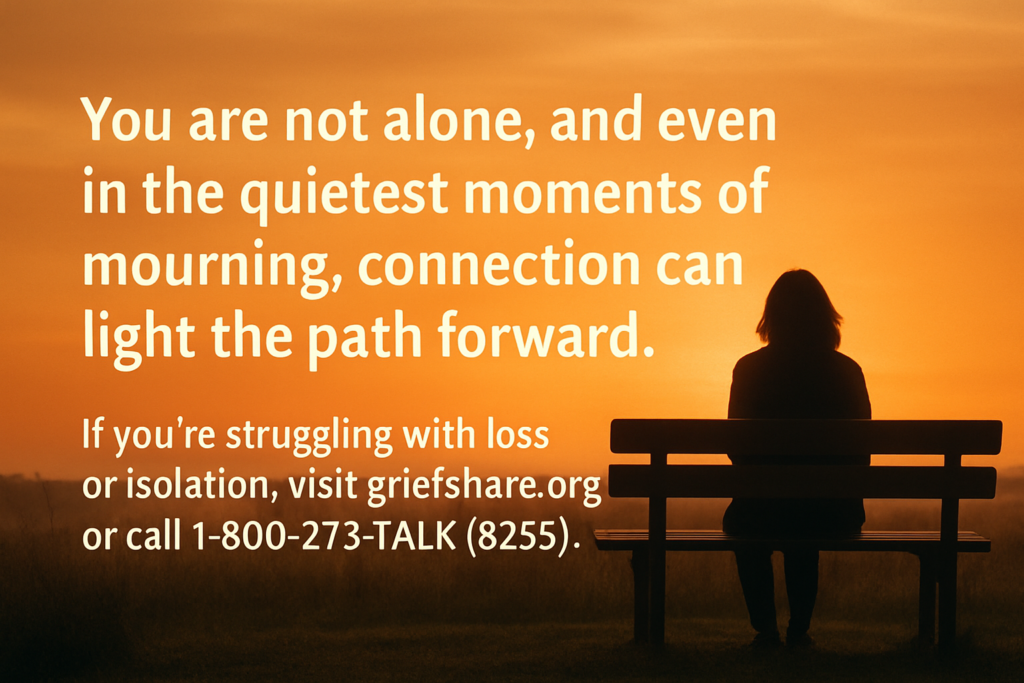
From elephants pausing in silence to dogs keeping watch at graves, animals show us that grief and loneliness are universal experiences, woven into the fabric of life itself. Their instincts point us toward empathy, patience, and the healing power of connection. When we allow ourselves to linger, to comfort, or to stay beside each other in sorrow, we echo a wisdom as old as nature itself. If you’re struggling with loss or isolation, visit griefshare.org or call 1-800-273-TALK (8255). You are not alone, and even in the quietest moments of mourning, connection can light the path forward.
This story 8 Ways Animals Cope With Grief and Loneliness, And What We Can Learn From Them was first published on Daily FETCH


